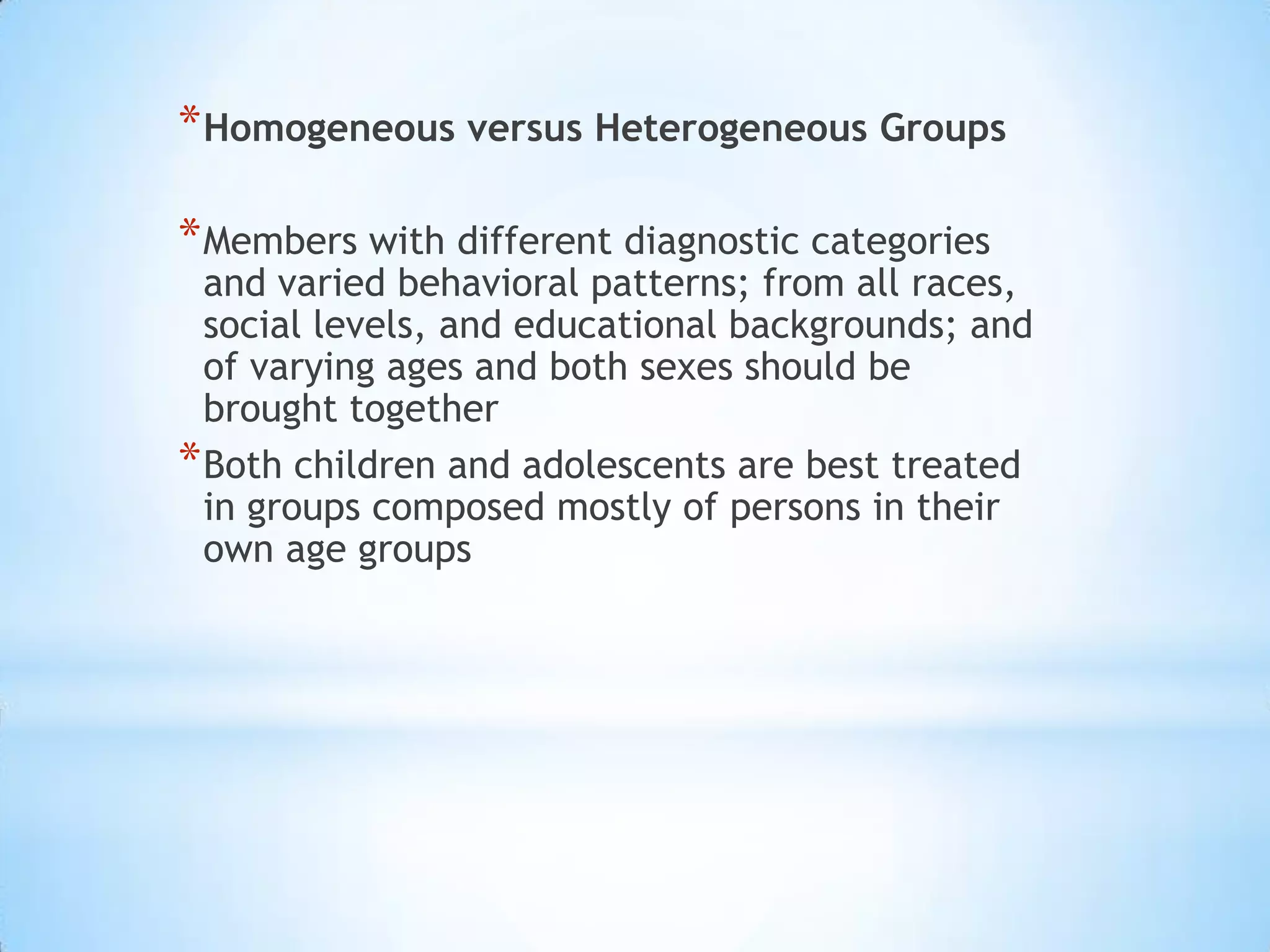Psychoanalysis is based on the theory of sexual repression and traces unfulfilled infantile wishes in the unconscious. It remains the best method to discover meaning and motivation of behavior, especially unconscious elements. The psychoanalytic process involves bringing repressed memories and feelings to the surface by unraveling hidden meanings and defensive behaviors. Psychoanalysis is suitable for anxiety disorders, obsessions, compulsions, sexual dysfunction and other nonpsychotic conditions. It involves regular long-term sessions to resolve unconscious conflicts through analysis of transference and resistance.











































































































































